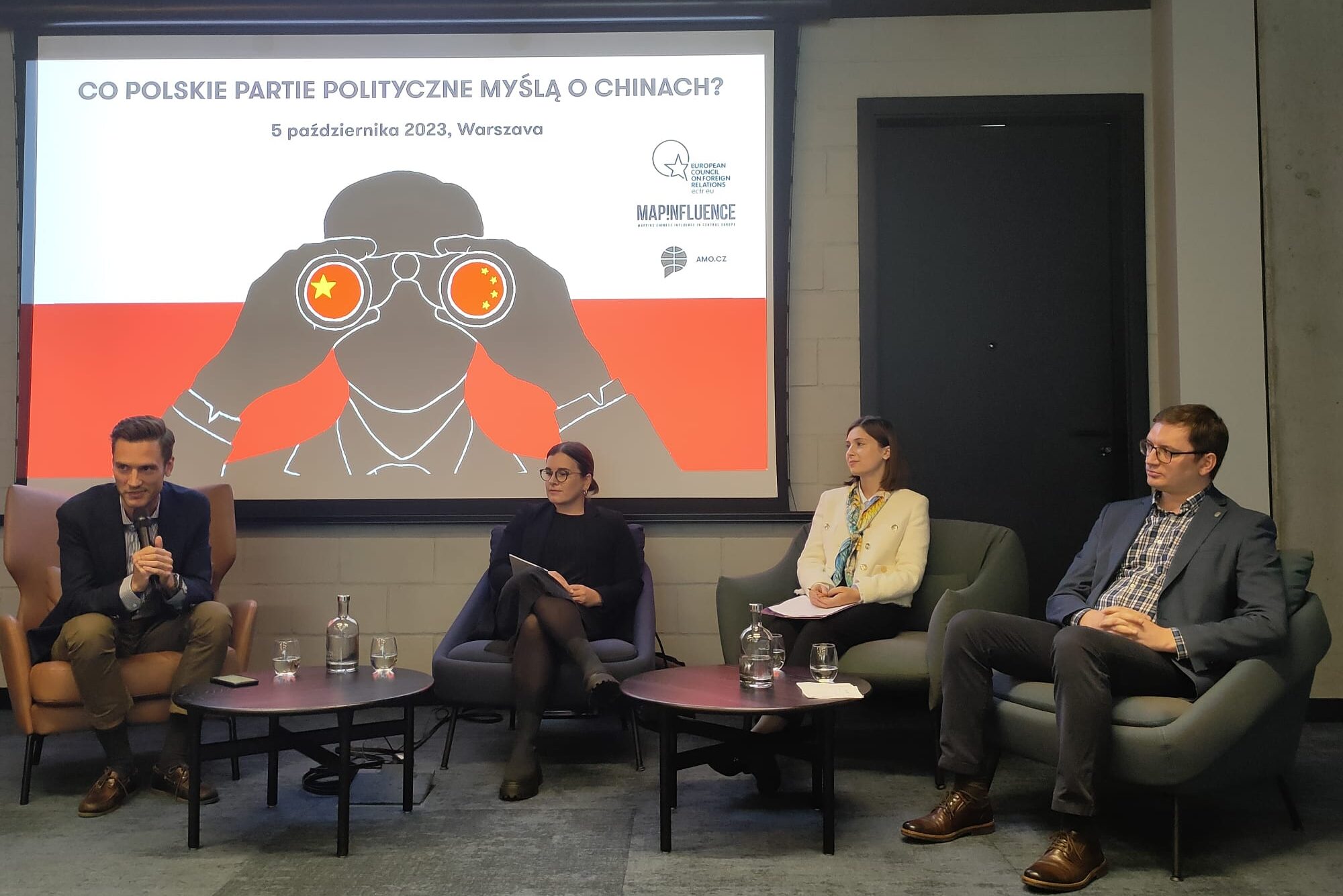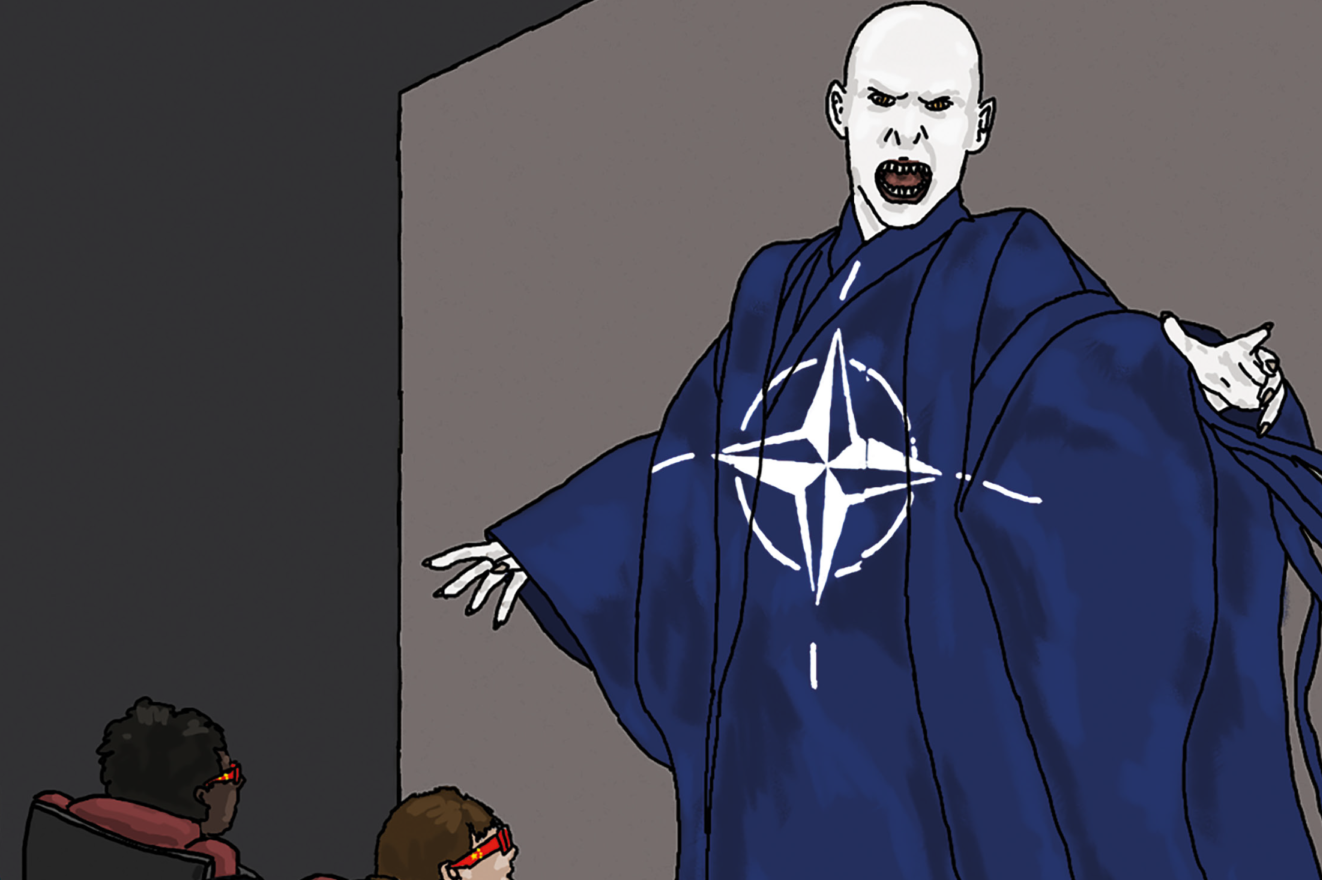After having seemingly controlled the first outbreak of the COVID-19 epidemic domestically, China has now embarked on an ambitious diplomatic mission to restore its image globally. The two-fold mission aims to boost Beijing’s soft power by restarting certain parts of its economy through massive sales of sanitary and medical equipment made in China – thus called “mask diplomacy”. China’s global image has been tarnished by the Chinese Communist Party’s (CCP) for mishandling of the situation at the initial stage of the epidemic. In order to shift the global attention from the CCP’s mistakes and the country’s systemic ills to the outside world, especially US, Beijing has initiated an international charm offensive. China’s international propaganda campaign has centred around the theme of its alleged systemic efficiency in combatting the virus, and also presenting itself as a global aid-giver able to deliver medical equipment to those countries still fighting the pandemic. It is important to note, that most of the supplies delivered or promised to be delivered have actually taken the form of commercial purchases, although they have been widely promoted by the Chinese side as “aid”. How does “mask diplomacy” play out in Central and Eastern Europe (CEE), a region where Beijing’s footprint has been growing throughout last decade?
China’s newfound interest in fostering ties with the CEE region has stirred many controversies. In 2012 Beijing set-up a special initiative, now known as 17+1 platform: A grouping of arbitrarily chosen states belonging to the former Eastern bloc (currently both EU member states and non-members) with an odd addition of Greece. This is seen as an effort to strengthen relations with the previously neglected region. The platform can be best described as an example of “multilateral bilateralism” – a format that helps China to maintain regular communication with all 17 states at once, while at the same time enables Beijing to use the platform as a leverage in its relations with Brussels and Berlin, which remain very sceptical about Chinese leaders’ true intent behind 17+1. The format has been often accused of being an “empty shell” catering to China’s needs only – a view that can be also extended to the general importance of CEE for Beijing. The region is not crucial from the perspective of China’s core interests, yet it proves useful in instrumentalizing it at the time of political urgency. For Beijing, the global COVID-19 pandemic and its practical implications represent precisely the need to reinvigorate the existing diplomatic ties, including the CEE region and to strengthen its own narrative on China’s positive role in combatting the coronavirus.
By mid-March 2020, many CEE states have become the target of China’s “mask diplomacy”. To name a few, Chinese equipment arrived in countries such as Czechia, Slovakia, Hungary, Poland and Serbia. While precise data about the deliveries and their nature (commercial purchases vs. aid) is not fully available yet, some visible trends can be pointed out. To begin with, the current transactions seem to have been procured by local governments, SOEs and state agencies with some cases of help from local business elites with close ties to China, which has already generated some transparency-related concerns. Secondly, the non-commercial donations seem to represent a marginal part of all deliveries. Thirdly, the whole process has been accompanied by an upsurge of media content created by Beijing-backed outlets (e.g. Xinhua, China Daily, CGTN, China Radio International) disseminated through local channels. It has been especially visible in non-Chinese social media (most notably Twitter), where Chinese diplomats have been very active in pushing forward the official standpoints on the PRC’s alleged success in the time of pandemic.
However, despite the diplomatic offense, the effectiveness of Chinese efforts and the actual scale of deliveries in the respective CEE states seem to largely depend on the nature of bilateral ties they enjoy with Beijing as well as on the links between local business elites and their Chinese counterparts. Moreover, local responses and level of enthusiasm vary from state to state. This can be illustrated by the diverging official responses to Beijing’s diplomatic efforts at the time of the pandemic, which have been dictated by CEE states’ domestic needs and international considerations. For instance, as many countries in the region have enjoyed rather close ties with Washington in the post-1989 era, they have found themselves increasingly caught between a rock and a hard place when it comes to their relations with Beijing. Few countries, like Poland, have recently decided to support Washington’s policies by taking steps to limit Chinese presence in the region (e.g. in relation to Huawei and its involvement in constructing 5G networks). As a result, CEE relations with China have entered a new phase characterized by strategic competition between Beijing and Washington, which in not without influence for their own policies towards the latter. From Beijing’s perspective, China’s current efforts to build its image as a responsible power capable of helping the outside world in the time of crisis are to be perceived in contrast with Donald Trump’s administration and his inability to control the epidemic domestically, let alone help Washington’s allies.
At the same time, for some other CEE states, most notably Serbia or Hungary, the current crisis and China’s alleged leading role in helping to alleviate it have served to push forward their own goals and narratives underpinning them – be it political affinity and hope for scoring some political points in Beijing for Serbia or outright Euroscepticism and authoritarian inclinations for Hungary. Serbia, a country which is on a difficult road to the EU accession, plays the China card in its relations with Brussels too by praising Beijing for its assistance and accusing the EU representatives of hypocrisy. The Serbian president Aleksandar Vucic has managed to bolster his political legitimacy and further justify democratic backsliding. Although Serbia and Hungary are rather an exception than a rule within the CEE region in terms of their relations with the PRC, their role is especially vital from Beijing’s perspective as they help to foster attitude of gratitude and reciprocity towards China – a behaviour that the High Representative of the EU for Foreign Affairs and Security Policy Josep Borrell called the “politics of generosity”. Having said this, he was pointing towards a global battle of narratives that has accelerated together with the pandemic, with China at its forefront. One of its aims has been to undermine the EU’s unity in the face of the crisis by discrediting its alleged lack of actions. These external narratives feed into intra-European debates, thus fuelling a struggle for influence with China suddenly becoming a very visible actor trying to shape these very debates.
Some fear that if the crisis escalate furthermore, even pro-EU countries might witness a rise in both pro-PRC and anti-EU political forces. Yet, the battle has not been won yet. As the next phases of the pandemic unfold, it is a continuing process and tables might still turn in favour of Brussels and more liberal international actors. At this point one thing is sure – given the level of uncertainty and emotional responses among the public, it is the optics and perceptions that matter, not the actual level of help from either the EU or China.
This article was originally published at Observer Research foundation.
Image source: Pikist


